Stay logged in to proceed with bookings, orders and offers.
On changing the terminal, you will loose items in your cart. Are you sure you want to change your terminal?
The festival of Lohri is all about dancing to the beats of Punjabi songs and savouring the goodness of the peanut chikki. So this Lohri celebrate happiness and togetherness with your family and friends!
The chill in the air, the crackling sound of bonfires, and the vibrant melodies of folk songs - it's almost that time of the year again when the spirit of Lohri envelopes us in warmth and happiness. The festival of Lohri holds a special place in my heart, intertwining cultural significance with my own fond personal anecdotes from when I was a child. In this article I talk about Lohri’s deep ancestral roots followed by my personal experience of celebrating this festival and finally, a contemporary take on the culturally rich festival of Lohri.
Lohri, primarily celebrated in the northern regions of India, marks the end of winter solstice and arrival of the longer summer days. Rooted in agrarian traditions, it is a festival that pays homage to the Sun God for a bountiful harvest. As the golden flames of the bonfire dance to the beats of the Dhol, the air resonates with the joyous spirit of the community.
Central to this festival is the bonfire, around which friends and family gather to have a communal celebration. The bonfire also symbolises the energy of the sun, fostering a sense of togetherness and warmth amid the winter chill in the northern region. One cannot help but be captivated by the colourful swirl of traditional Punjabi attire as families and friends gather around the bonfire. Elders pass down age-old tales, and the aroma of freshly roasted sesame seeds and peanuts wafts through the air. The cultural significance of Lohri lies not just in the rituals but in the unity, it fosters among diverse communities, celebrating the richness of our shared heritage.
Growing up in a close-knit Punjabi household, the onset of January always bought along an air of anticipation, as the entire family looked forward to cherishing the family traditions through the festival of Lohri. In the days leading to Lohri, my home would buzz with lots of activity. My grandmother, with her homely hands, would prepare heaps of Rewari and Gajak - sugary delights that were integral to the festival. The aroma of sesame seeds and jaggery wafted through the house, marking the onset of the festivities approaching.
The highlight of Lohri was undoubtedly the bonfire. As the sun dipped below the horizon, friends and family would converge in the courtyard, circling around the crackling flames. The heat from the fire provided the much-needed warmth from the winter chill, as we laughed and sang folk songs, and performed the lively Bhangra and Gidda dances. Another one of my favourite traditions involved tossing sesame seeds, popcorn and jaggery into the flames, symbolic of our offerings to the Sun God. The Dhol, a traditional Punjabi drum became the catalyst for our unrestrained delight and spirited dancing. The infectious beats would ignite a fervour within us, prompting impromptu Bhangra performances and proposals between various youngsters within the community.
As a child, Lohri meant more than sweets and dances for me- it was a time of pure unadulterated joy and blessings. I remember eagerly waiting for our elders to shower us with their blessings and gifts, as the air was filled with laughter and the scent of roasting peanuts. After offering our prayers to the Sun God, we gathered around our grandmother, listening to folk stories and witty anecdotes from her life.
Year on year, the nature of my Lohri celebrations and the spiritual connotations attached to it changed. What began as an innocent fascination transformed into a deeper appreciation for the festival’s cultural roots. I found myself not just participating in the festivities but actively contributing to the rituals- helping prepare the bonfire, joining in on the storytelling, and sometimes even trying my hand at the Punjabi dances. As I grew older, my fascination with the dhol expanded and I sought to understand its significance, learning the skill required to produce those invigorating rhythms as well.
In modern times, Lohri continues to evolve, retaining its original essence whilst embracing the contemporary aspects of celebrating it in a more modernized fashion. Whilst the social gatherings have become smaller, the musical performances and community bonding activities ensure that the essence of the festival is not lost. There is an increasing trend of sharing chocolate Gajaks and cakes instead of the traditional Gajaks, and lighting bonfires in a more environmentally conscious manner.
Lohri, with its communal fervour and rich cultural significance, stands as a testament to our rich vibrant heritage. It’s not just an event on the north Indian calendar, but a celebration of unity, love and the gratitude of different generations coming together. My experience of the colourful celebration of Lohri as I witnessed growing up, remains etched in my memories as a joyful celebration of togetherness, where the Bhangra and the Dhol were not mere performances but heartfelt expressions of our collective elation.
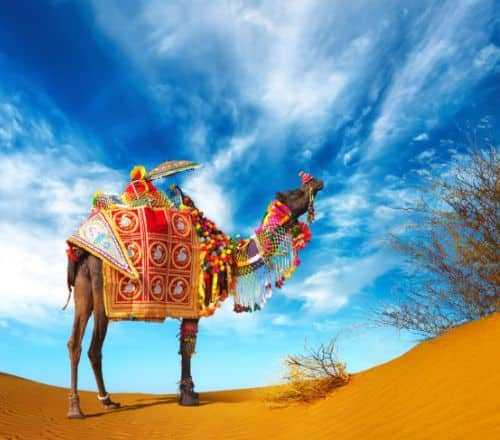
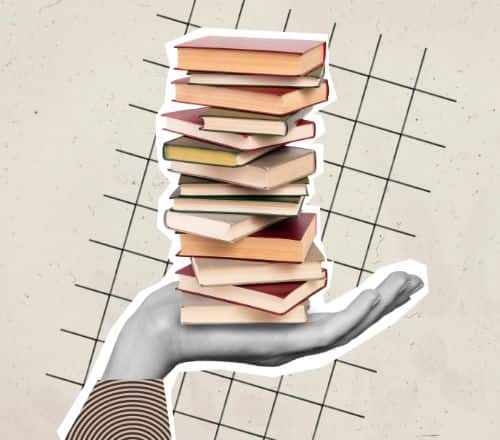
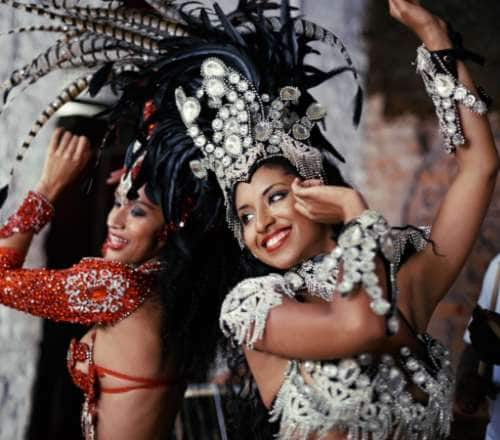
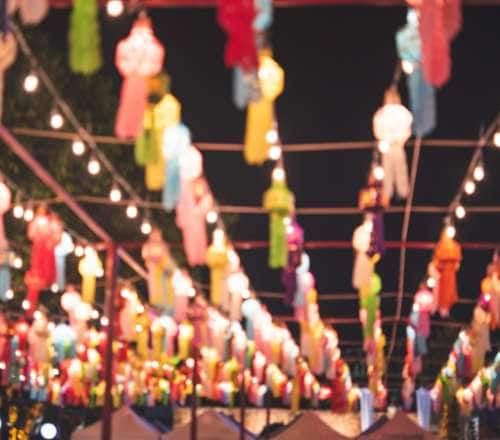
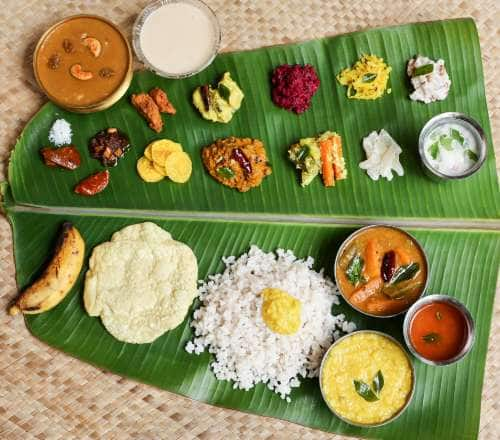
The Adani One expressly disclaims all liability, direct and indirect, in respect to actions taken or not taken based on any or all the contents of this Blog. The Blog is an opinion of the contributor based on the collation of data from various sources and is provided only for information purpose. Adani One does not canvass, advertise, solicit, invite or induct for any product, merchandise, information, brand or any other materials mentioned in the Blog, nor does it obtain any monetary benefit from the same. Reader is advised to read and apply his/her intellect and discretion in this regard. Any Intellectual Property mentioned in this blog belongs to the rightful owner. We do not intent to claim any interest over the same.